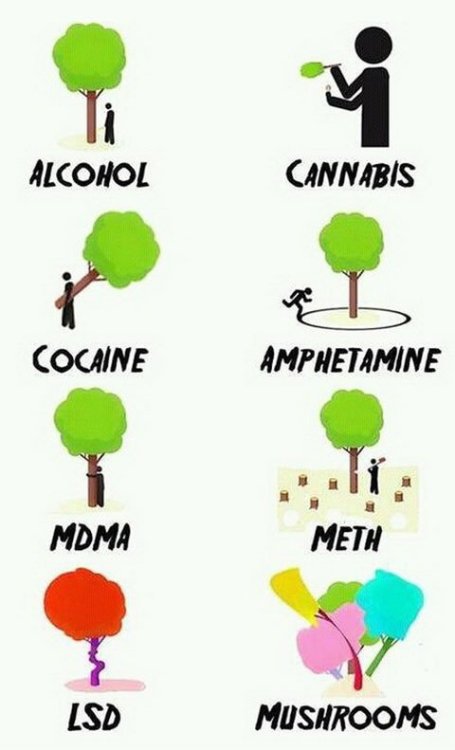The amount of work that once bought an hour of light now buys 51 years of it
Our early ancestors conquered the darkness roughly half a million years ago, give or take, when they learned how to control fire. The light was flickering and dim, yes, but the taming of fire meant that the night was finally less dark, less full of terrors.
It wasn't easy. The eternally optimistic data nerds at the libertarian Cato Institute's HumanProgress project recently highlighted a fun solstice factoid: Back in the prehistoric era a person would have to gather, chop and burn wood for roughly 10 hours a day for six days straight in order to produce the equivalent light of a modern lightbulb shining for about an hour.
Today, the same amount of labor could light a room for over 50 years.
Those figures are courtesy of a fascinating 1994 paper by Yale economist William Nordhaus. He was trying to construct a measure that could compare standards of living across radically different time periods — say, the Neolithic era and today.
He settled on lighting as a way to do that. The archaeological and historic records paint a fairly complete picture of lighting technologies over the millennia. Pick a standard quantity of light output, calculate how much labor it would take to create that much light given the technology of the era and voila -- you've got a fairly robust and comparable metric of quality of life going back millennia.






